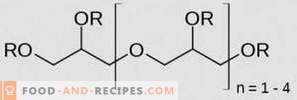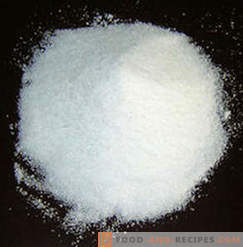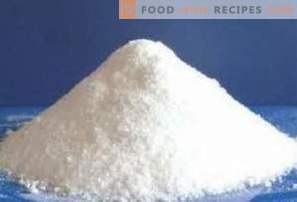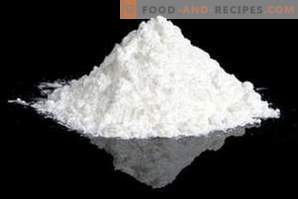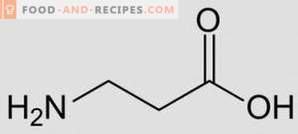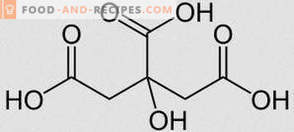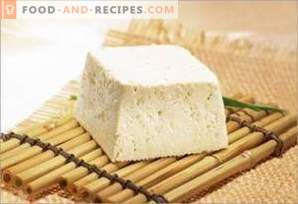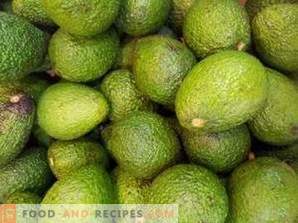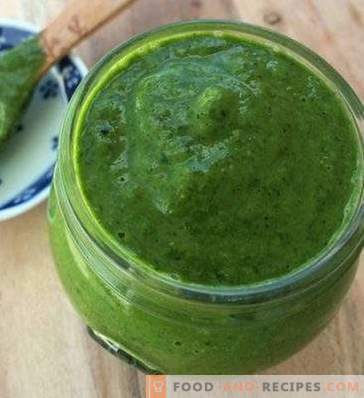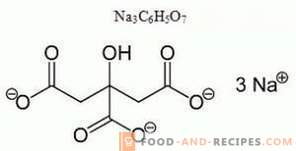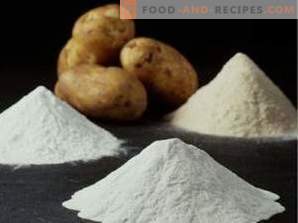
Very often on sale you can find foods that contain modified starch. This additive is designed to improve the taste and physical characteristics of various food products, but many are wary of such a substance.
How to get modified starch?
Modification is a change in the properties of a substance at the gene level in order to obtain the final product with improved characteristics. We all know that, thanks to the achievements of genetic engineering, potatoes are being successfully grown today, which discourages Colorado potato beetles, and tomatoes that can not spoil for weeks. However, when it comes to modified starch, experiments at the level of genes have nothing to do with it. This white powder, obtained from potatoes, is subjected to thermal, chemical, physical or biochemical processing in order to obtain a substance with certain characteristics and parameters that is best suited for the production of certain food products.
To date, there is a swelling modified starch, which serves as a cheap filler, liquid boiling modified starch, as well as thermally split modified starch. Its area is very extensive, and nowadays rarely what food do without this supplement.
Use and scope of modified starch
Despite the different types of processing, in the modified starch there are enough useful substances that are necessary for the organism of a modern person. Calcium, phosphorus, sodium, magnesium, iron and potassium, unsaturated fatty acids, monosaccharides and dietary fiber - this is not a complete list of what is included in this product. From the point of view of energy value, the modified starch is of interest to those who are experiencing increased physical exertion, since 85% consists of carbohydrates. The energy value of this product is relatively low, since per 100 g of modified starch contains about 329 kilocalories. Therefore, if such a substance is found in small amounts in food, then it will not bring much harm to the figure.
The modified starch acts not only as a filler, which has practically no smell and taste, but also acts as a thickener in various sauces, mayonnaise, creams and mousses. In addition, it is added to pastries and sweets, ice cream and jelly. Nowadays, many dairy products, including yogurt and sour cream, contain this substance. It is also added to various canned foods, convenience foods and fast food.
Modified starch is truly universal, as it tolerates heat treatment, including repeated freezing, is insensitive to an acidic environment and readily soluble in water. It is almost completely eliminated from the body and helps reduce blood sugar levels, which is very important for diabetics.
What is harmful about modified starch?
Any modified products may pose a potential threat to human life and health. After all, no one knows what kind of impact such additives have on the human body, undergoing changes at the gene and cellular level. Perhaps the answer to this question humanity will receive much later, when the direct relationship between the products of GMOs and mutational processes is revealed.
In the meantime, it should be assumed that the starch itself, subject to modification, cannot lead to instant changes in the body, causing, for example, food poisoning or allergies. However, it is necessary to take into account the raw materials from which it is made. If the potato has previously been subjected to chemical or biological treatment, the starch obtained from it may contain substances that can cause serious damage to human health.

